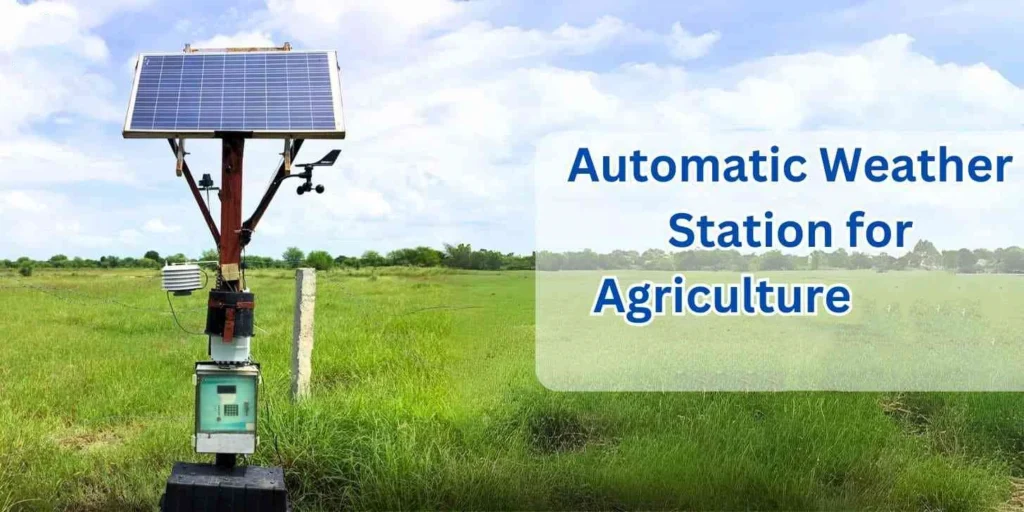
# Automatic Weather Station: Definition and Functionality
## What is an Automatic Weather Station?
An Automatic Weather Station (AWS) is a sophisticated system designed to collect meteorological data without the need for constant human intervention. These stations are equipped with various sensors that measure atmospheric conditions such as temperature, humidity, wind speed and direction, rainfall, solar radiation, and barometric pressure.
AWS systems have become increasingly important in modern meteorology, agriculture, aviation, and environmental monitoring due to their ability to provide accurate, real-time weather data from remote locations.
## Key Components of an Automatic Weather Station
A typical AWS consists of several essential components:
– Sensors: Specialized instruments that measure specific weather parameters
– Data logger: A device that records and stores measurements from the sensors
– Power supply: Usually solar panels with battery backup for continuous operation
– Communication system: Transmits collected data to a central database or monitoring station
– Mounting structure: Provides stable support for all components
## How Automatic Weather Stations Work
The functionality of an AWS can be broken down into three main processes:
1. Data Collection: Sensors continuously monitor environmental conditions at predetermined intervals (often every minute or hour).
2. Data Processing: The data logger converts sensor readings into digital format and applies any necessary calibration.
3. Data Transmission: Processed information is sent via radio, satellite, or cellular networks to weather centers or other end-users.
## Applications of Automatic Weather Stations
AWS technology serves numerous important purposes:
– Weather forecasting and climate research
– Agricultural planning and irrigation management
– Aviation weather monitoring
– Flood and severe weather warning systems
– Renewable energy production optimization
– Environmental and ecological studies
## Advantages of Automatic Weather Stations
Compared to traditional manual weather observation methods, AWS offer significant benefits:
– Continuous, 24/7 operation regardless of weather conditions
– Higher frequency of data collection (often minute-by-minute)
– Ability to operate in remote or hazardous locations
– Reduced human error in measurements
– Lower long-term operational costs
– Standardized data collection methods
## Future Developments in AWS Technology
The field of automatic weather monitoring continues to evolve with advancements in:
– Miniaturization of sensors for more compact stations
– Improved energy efficiency and battery technology
– Enhanced data transmission capabilities (5G, IoT integration)
– Artificial intelligence for better data analysis and prediction
– Increased automation of maintenance processes
As climate monitoring becomes increasingly critical, automatic weather stations will play a vital role in helping scientists, governments, and industries make informed decisions based on accurate, timely weather data.
Keyword: what is automatic weather station